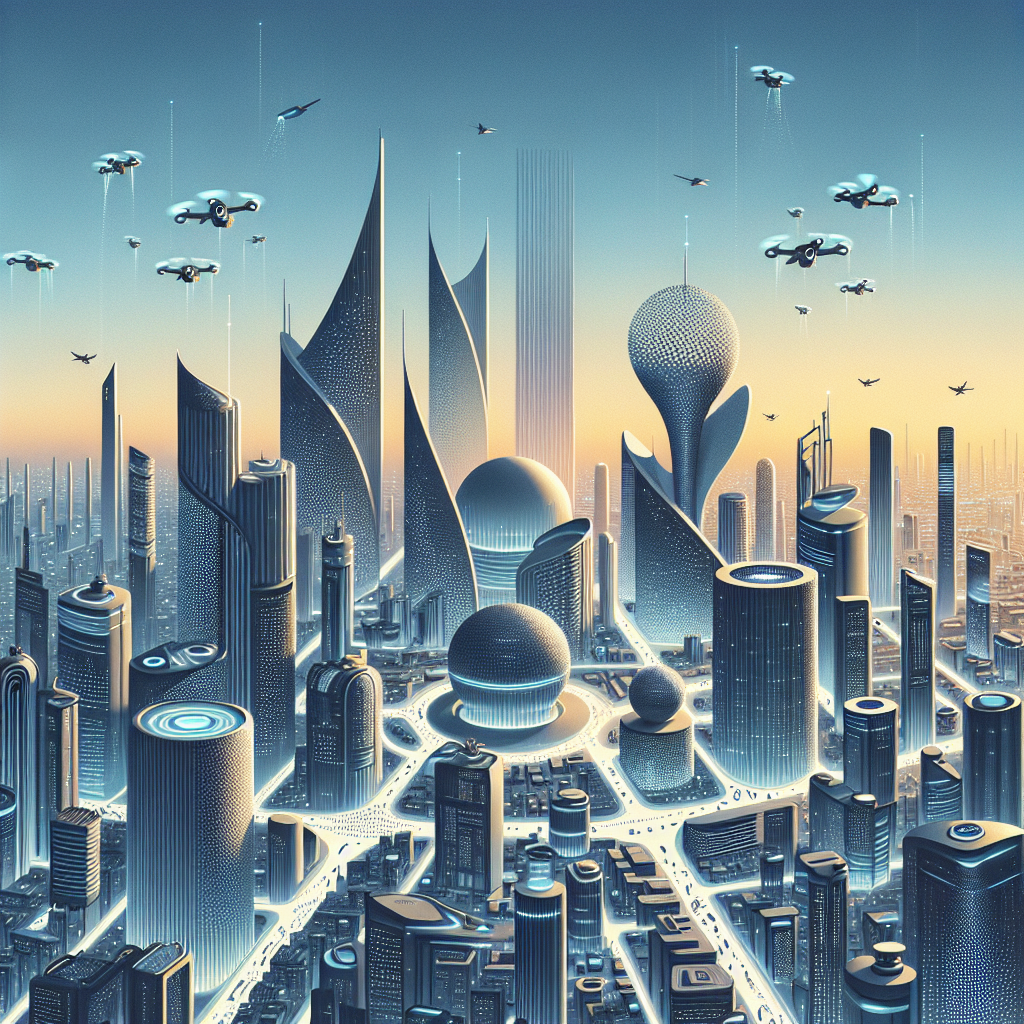Generative AI, also known as generative design or computational design, is revolutionizing the field of architecture. This technology uses algorithms and machine learning to create, optimize, and iterate designs based on a set of parameters and constraints. By harnessing the power of AI, architects can explore a vast array of design possibilities, pushing the boundaries of creativity and innovation.
The impact of generative AI on architecture is profound, as it is changing the way buildings are conceptualized, designed, and constructed. From streamlining the design process to optimizing building performance, generative AI is shaping the future of architecture in many ways.
One of the key benefits of generative AI in architecture is its ability to generate complex and intricate designs that would be difficult, if not impossible, for human architects to create on their own. By inputting parameters such as site conditions, building requirements, and material constraints, generative AI can quickly generate a multitude of design options, allowing architects to explore a wide range of possibilities and push the boundaries of traditional design.
Generative AI also has the potential to optimize building performance by analyzing data and predicting how different design choices will impact factors such as energy efficiency, natural light, and ventilation. By simulating and testing various design options, architects can create buildings that are not only aesthetically pleasing but also sustainable and functional.
Furthermore, generative AI can help architects streamline the design process by automating repetitive tasks and allowing them to focus on more creative and strategic aspects of design. By leveraging the power of AI to generate design options, architects can save time and resources while still achieving innovative and unique designs.
In addition to improving the design process, generative AI is also changing the way buildings are constructed. By using AI algorithms to optimize construction processes, architects can reduce waste, minimize errors, and improve efficiency on the construction site. This can lead to faster and more cost-effective building projects, ultimately benefiting both architects and clients.
Overall, generative AI is shaping the future of architecture by enabling architects to create innovative, sustainable, and efficient designs that push the boundaries of traditional architecture. As this technology continues to evolve, we can expect to see even more groundbreaking and transformative changes in the field of architecture.
FAQs:
Q: How does generative AI work in architecture?
A: Generative AI in architecture uses algorithms and machine learning to generate, optimize, and iterate designs based on a set of parameters and constraints. By inputting parameters such as site conditions, building requirements, and material constraints, generative AI can quickly generate a multitude of design options for architects to explore.
Q: What are the benefits of using generative AI in architecture?
A: Some of the key benefits of generative AI in architecture include the ability to create complex and intricate designs, optimize building performance, streamline the design process, and improve construction efficiency. Generative AI allows architects to explore a wide range of design possibilities, push the boundaries of creativity, and create sustainable and functional buildings.
Q: How is generative AI shaping the future of architecture?
A: Generative AI is revolutionizing the field of architecture by enabling architects to create innovative, sustainable, and efficient designs that push the boundaries of traditional architecture. This technology is changing the way buildings are conceptualized, designed, and constructed, leading to faster, more cost-effective, and more environmentally friendly building projects.
Q: What are some examples of generative AI in architecture?
A: Some examples of generative AI in architecture include using AI algorithms to generate complex and intricate designs, optimize building performance, streamline the design process, and improve construction efficiency. By leveraging the power of AI, architects can create buildings that are not only aesthetically pleasing but also sustainable and functional.

